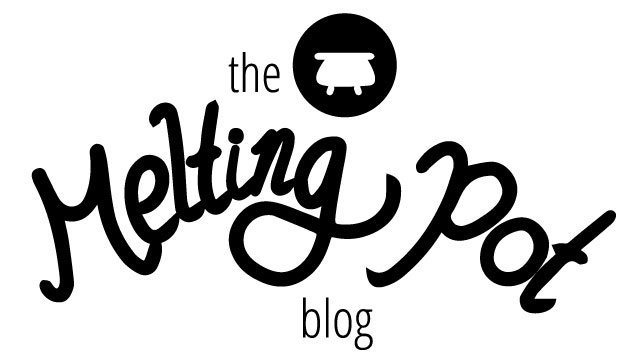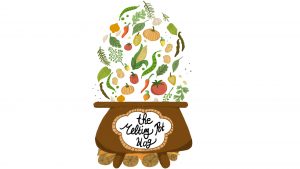Turkey

Turkey, or historically referred to as Anatolia, has a population of 84.7 million spread across 302,535 miles of land. It is a transcontinental country, Europe borders Turkey in the west and Asia lays east. Which locates the capital Istanbul partly in Europe and partly in Asia. Turkish is the main language but it is estimated that 70 other languages & dialects of Caucasian, Kurelish, Arabic, Greek, Ladino & Armenian is spoken.
In the north is the Black sea, in the south the Mediterranean sea and finally the Aegean sea lays west of Turkey. As a result it has an impressive 1,175km of coastline which is equivalent to 13,000 football fields.
Ottoman Empire's Cuisine
The Ottoman Empire was formed in 1299 by the Turkoman tribal leader Osman I, in the northwestern Anatolian city of Sogut. Most of southeast Europe, western Asia, & Northern Africa were under their rule. After a fierce battle with the Eastern Roman Empire, the fall of Constantinople ( Istanbul) in 1453, enabled the Empire to take control of the only spice trade route at the time. And so, the royal cuisine would have been stocked with spices from countries invaded or traded with. As a royal cook you were sworn to secrecy and were forbidden to write down recipes. After all, they were experts in jams, syrups, juices & confectionery!
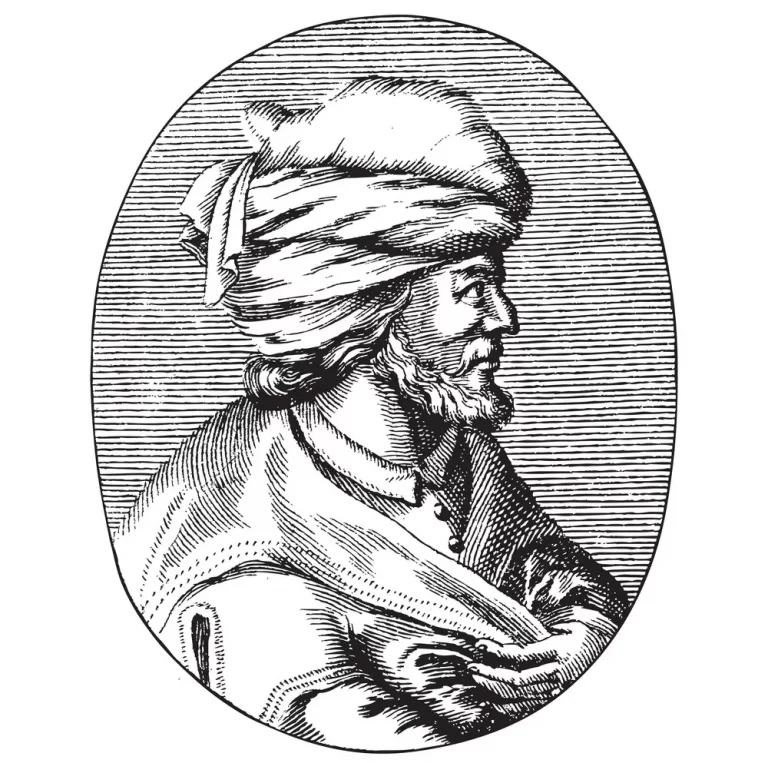
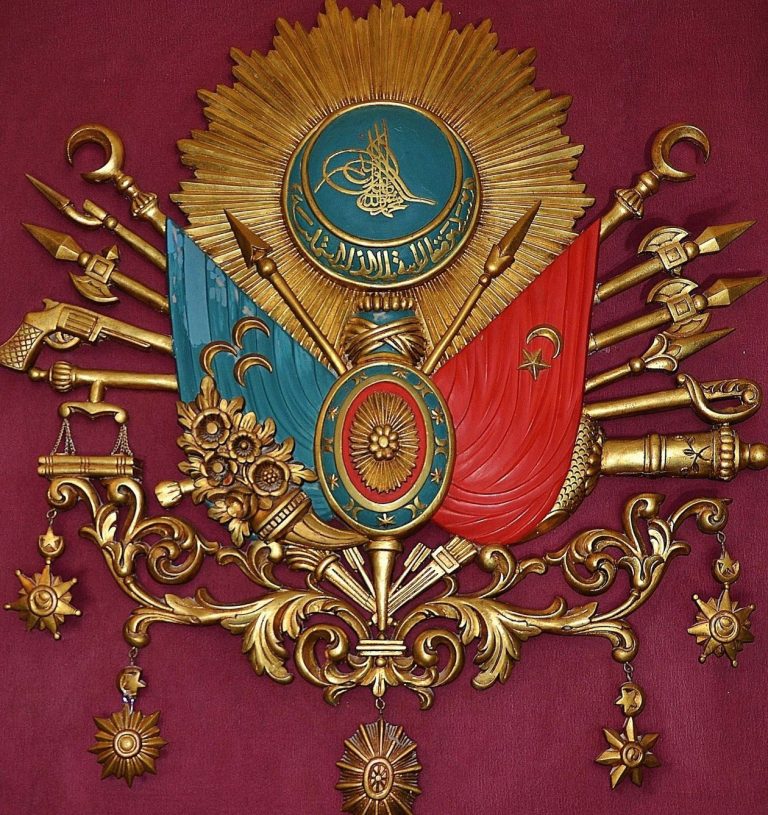
Ottoman cuisine is a melting pot of cultures fused through their reign of the Balkans, Iranians, Byzantine & Arabs. The Ottoman was an Islamic empire that can trace their roots back to their predecessors, the Seljuk Turkic tribe from the Atlai mountains. They converted to Islam around 985 & became known as ‘ The Great Seljuk Empire’ and by the 10th century Seljuk conquerors spread Islam through Anatolia, changing the way people ate. As Islam forbids pork, certain seafood’s & alcohol. Before the Seljuk Turkic tribe made it’s way to Anatolia, their way of eating was influenced by cultures encountered during their migration. Kebabs may have been perfected by the Ottomans but it’s origins stem from the Seljuk tribe, who would skewer meat onto their swords and roast it over an open fire.
Similarly, the Ottoman’s cuisine was influenced by the palate of the countries they invaded or befriended through hosting luxury banquets for political gains.
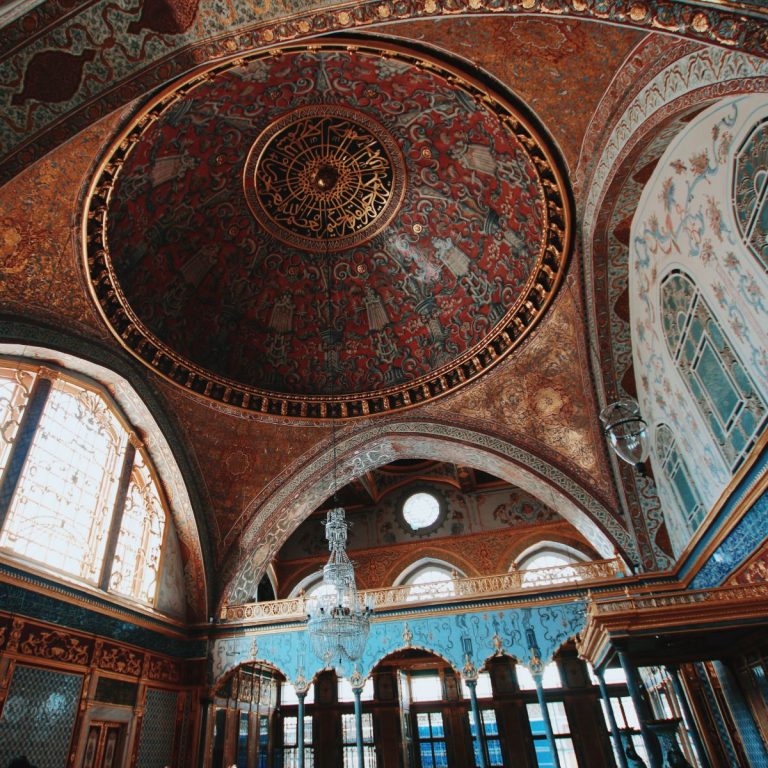
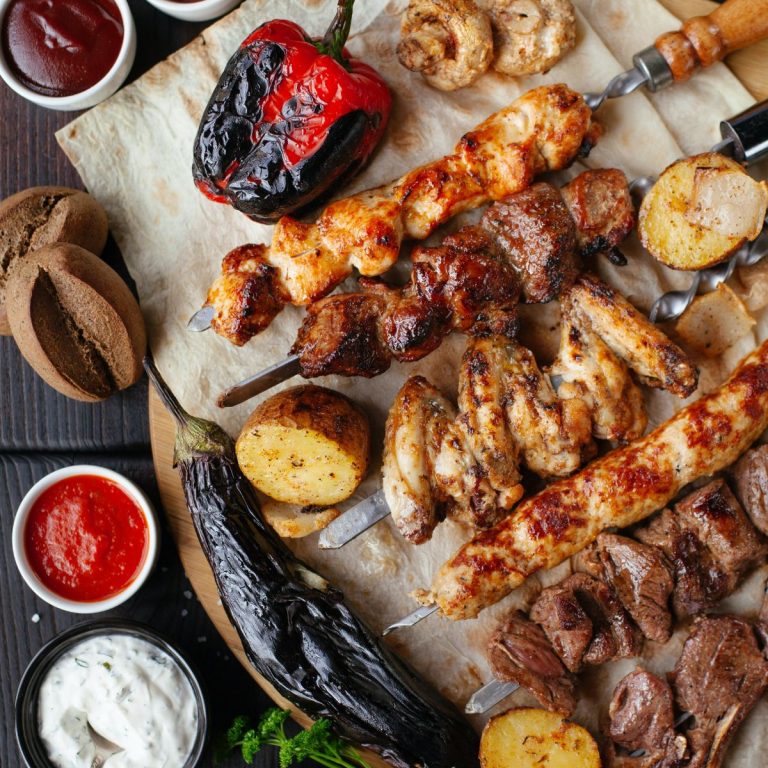
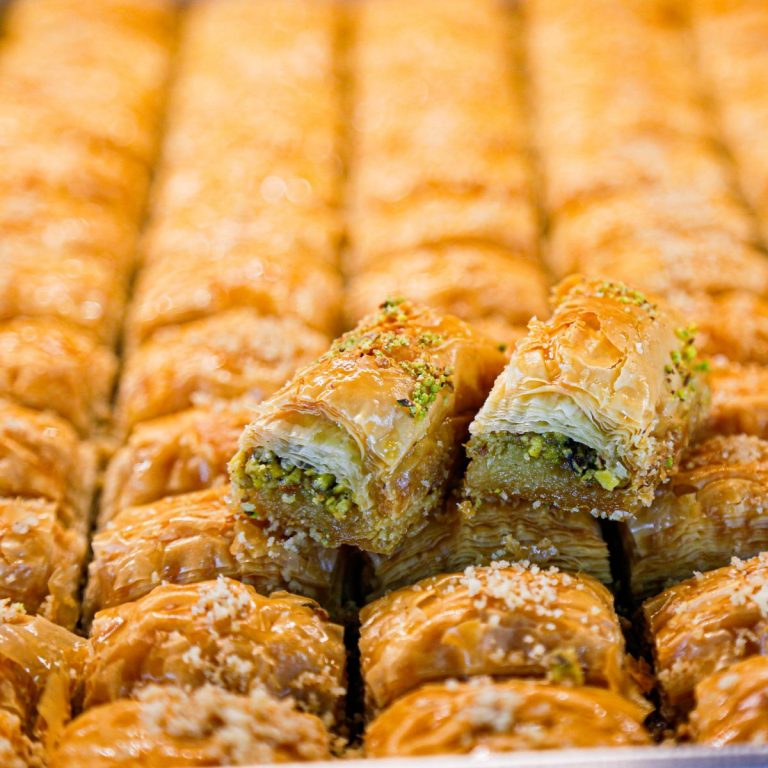
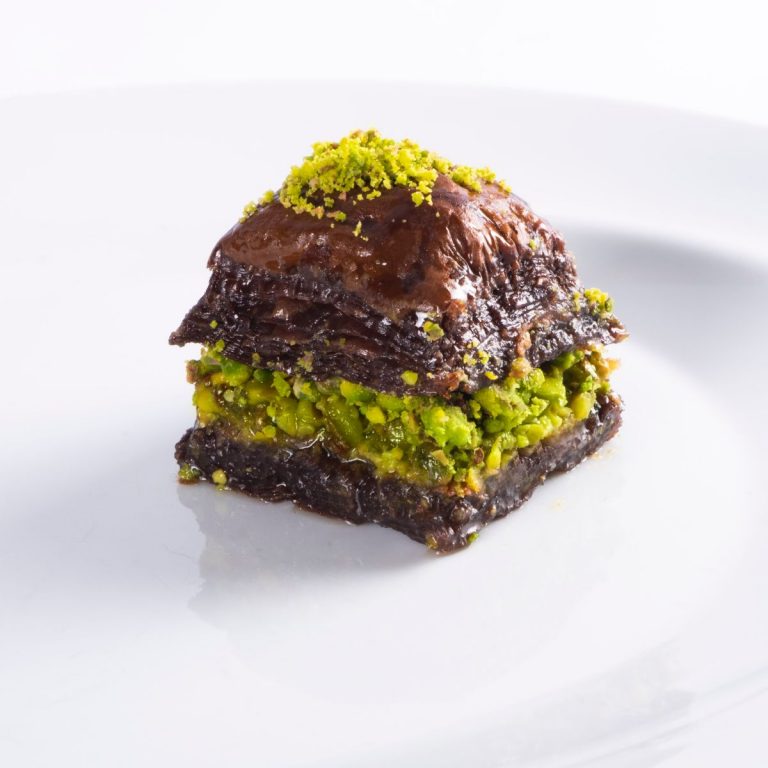
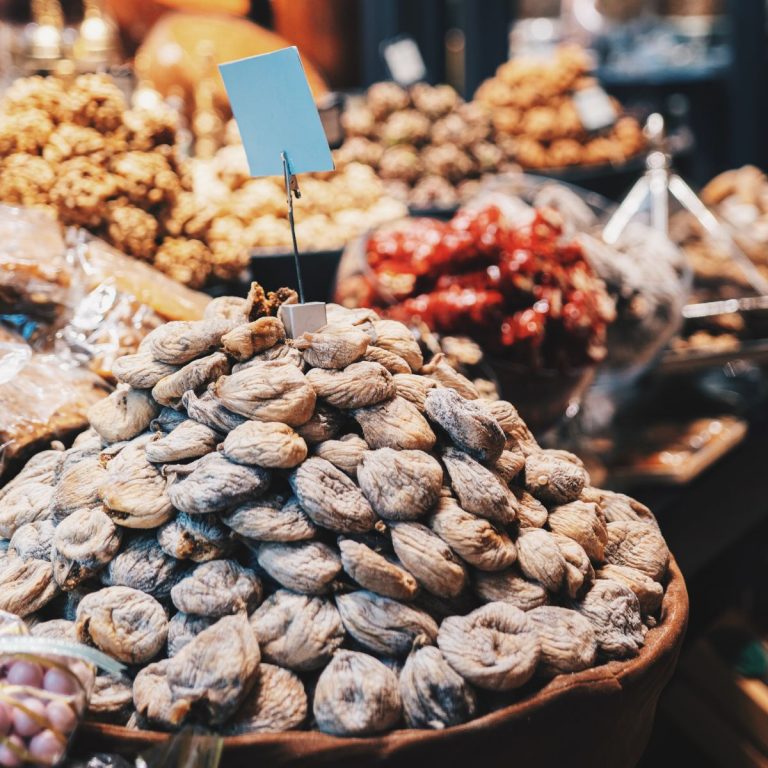
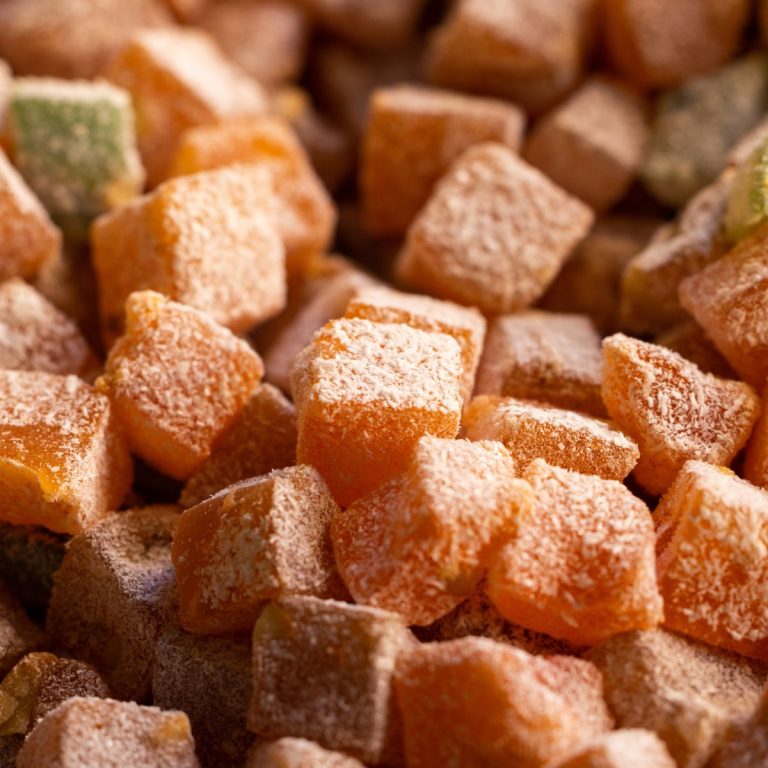
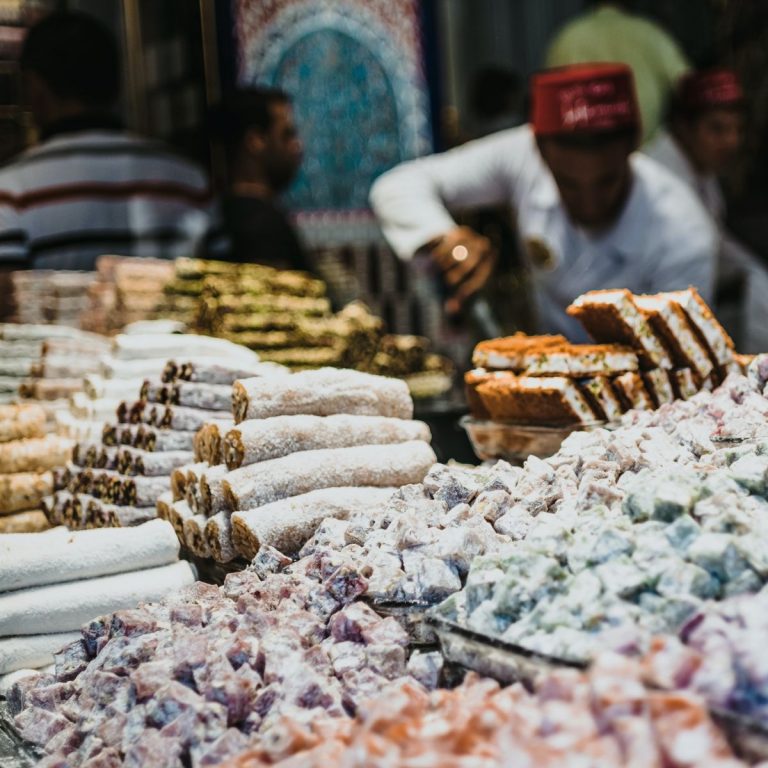
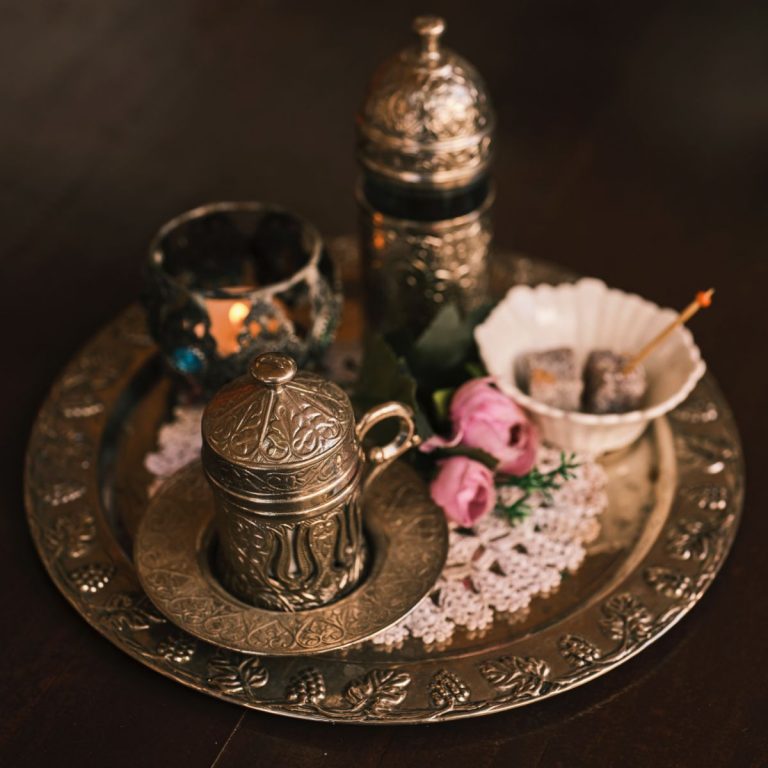
Baklava dates back to ancient Assyria ( Syria) & the Ottoman’s reportedly perfected the recipe. The earliest record dates back to a recipe written in 1473 by a cook of the Topkapi Palace. Baklava is a layered filo pastry dessert filled with nuts such as pistachio’s & walnuts & then sweetened with syrup.
Sharbat a sweet beverage made from syrup and water is of Persian origins. It was spread and made popular by the Ottoman Empire. The earliest recording of this beverage predates the Ottoman Empire, to a book called Canon of Medicine by a Persian writer named Ibn Sina during the 11th century.
Food In Turkey Today
Lorem ipsum dolor sit amet, consectetur adipiscing elit. Ut elit tellus, luctus nec ullamcorper mattis, pulvinar dapibus leo.
Popular Turkish Recipes
- Baklava- Baklava is a layered filo pastry dessert filled with nuts such as pistachio’s & walnuts & then sweetened with syrup.
- Sis Kebap
- Doner
- Kofte
- Pide
- Kumpir
- Meze
- Hunkar Begendi – The Sultan’s Delight, this recipe dates back over 100 years to the Ottoman Empire. Which literally translates to ‘ The Sultan Liked It’. There is much debate as to when this dish was created but it could be anywhere btween 1623-1869. This dish consists of a lamb tomato stew on a bed of creamy grilled aubergine. A dish that may or may not have been inspired by Napoleon III visit to Istanbul.
- Vezir Parmegi
- Piruhi
- Mihlama
- Keskek- UNESCO recipe
Sources : https://tenochtitlan.omeka.net/exhibits/show/hunkar-begendi
-
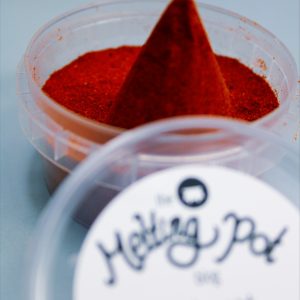
Baharat Seasoning
£2.20 – £5.00 Select options This product has multiple variants. The options may be chosen on the product page
